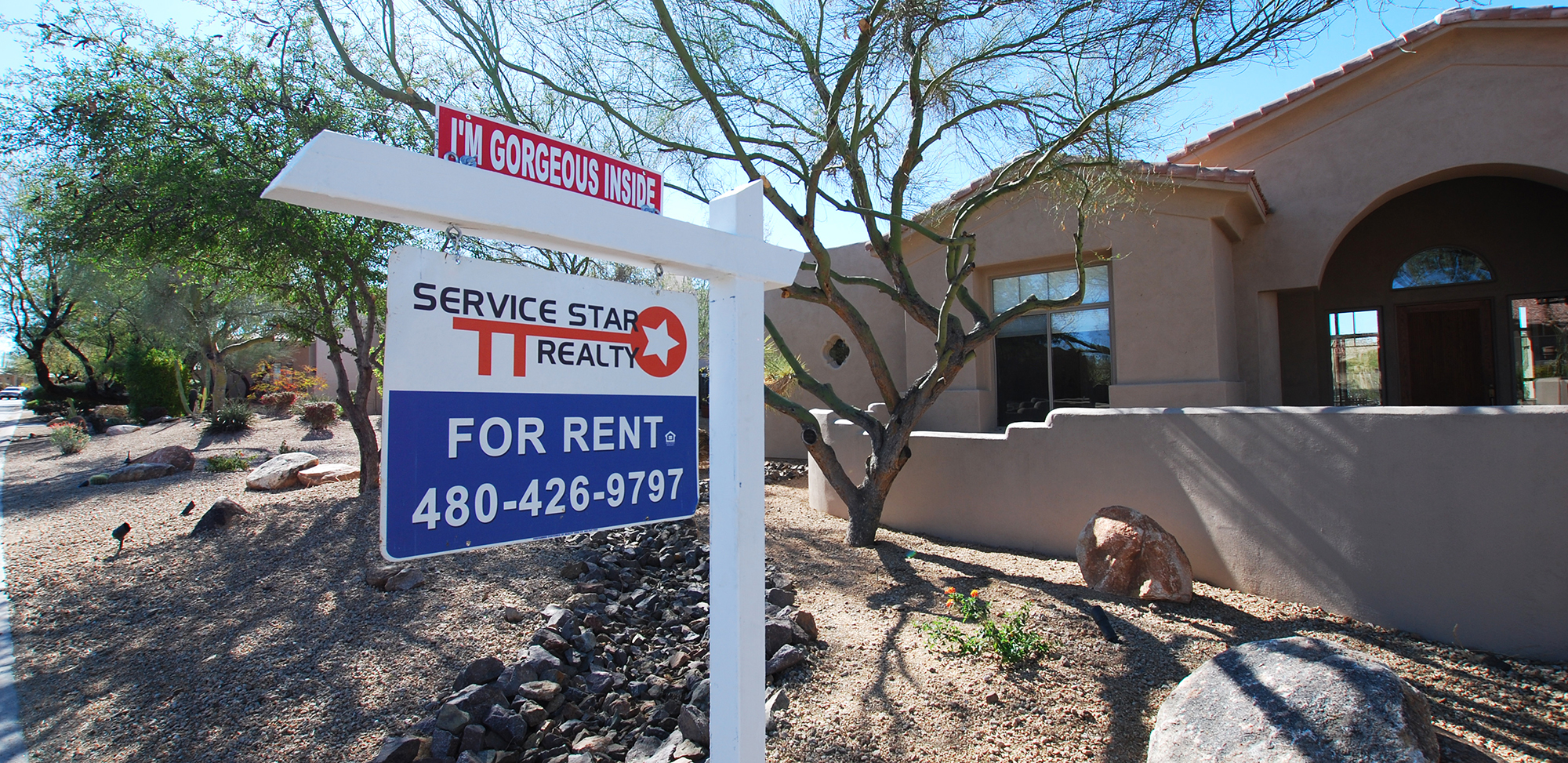Key Takeaways
Property Condition Matters: Well-maintained and visually appealing properties attract tenants faster and retain them longer. First impressions are crucial in minimizing vacancies.
Competitive Pricing is Essential: Regularly evaluate and adjust your rent based on local market trends to ensure you're attracting qualified renters without undercutting your income.
Effective Marketing Increases Exposure: High-quality photos, engaging descriptions, and multi-platform promotion are key to reaching the right audience and filling vacancies quickly.
Resident Retention Reduces Turnover Costs: Building strong relationships with current tenants and offering renewal incentives can significantly lower your vacancy rate over time.
Vacancies are one of the most costly challenges rental property owners face. Every day a unit remains empty means lost income, increased expenses, and added stress.
But the good news is, with the right strategies in place, you can significantly reduce your vacancy rate and keep your properties generating steady income year-round.
In this article, Service Star Realty will share 7 excellent tips to minimize vacancy rates in your rental properties.
Why Vacancy Rates Matter
A high vacancy rate indicates a loss in income, while a low vacancy rate means most or all of your units are rented out, ensuring consistent cash flow. Here’s why keeping vacancy rates low should be a top priority:
- Steady Income: An occupied property provides ongoing revenue, helping you cover mortgage payments, maintenance, insurance, taxes, and more.
- Lower Turnover Costs: Every time a resident moves out, you likely spend on cleaning, repairs, repainting, and marketing to attract a new tenant. The fewer turnovers you have, the less you spend on these extras.
- Long-Term Value: Consistently rented properties are more attractive to investors and lenders and often retain or increase their market value.
7 Tips to Minimize Vacancy Rates
1. Keep Your Property in Top Condition
One of the simplest ways to reduce vacancy is to maintain your property to high standards. Regular inspections, preventative maintenance, and timely repairs help create a positive experience for current and future residents. A well-kept unit shows prospective tenants that you care about your property.
.jpg)
A freshly painted door, trimmed landscaping, or updated light fixtures can make a great first impression. When prospective renters see a place that looks clean and inviting, they’re more likely to imagine themselves living there.
2. Price Your Rental Competitively
Even a beautiful property will sit vacant if it's priced too high. Research similar properties in your area to get a sense of current rental rates. Overpricing can drive away otherwise qualified renters, while underpricing could mean leaving money on the table.
Reassess your rental pricing regularly, especially in changing markets. A flexible pricing strategy can help you stay competitive and reduce long periods without income.
3. Market Your Property Effectively
A great property still needs to be seen. Strategic marketing ensures your vacancy gets in front of the right audience fast. Start with high-quality photos and an engaging listing description. Highlight the unit’s best features—such as natural light, updated kitchen, or a convenient location.
Be honest about any limitations but focus on what makes the unit stand out. Post your listing on major rental websites like Zillow or Apartments.com. If allowed in your area, add signage on-site to catch attention from drive-by traffic.
.jpg)
4. Streamline the Application and Move-In Process
Lengthy, complicated rental processes can turn off great tenants. Make it easy for applicants to inquire, apply, and move in. Use online applications and digital lease signing to speed things up. Respond to inquiries quickly—many renters contact multiple landlords and may sign with whoever replies first.
Once approved, provide a smooth onboarding process. Be clear about move-in dates, utility setup, rules, and expectations. A positive move-in experience sets the tone for a positive lease term.
5. Retain Great Residents
Reducing turnover is just as important as finding new residents. A strong retention strategy can dramatically lower your vacancy rate. Stay in communication with your residents. Address maintenance issues promptly and treat them with respect. A happy resident is more likely to renew the lease—and even refer others.
Before a lease expires, reach out to discuss renewal options. Offer incentives like a minor rent discount, upgrades, or flexible lease terms if needed. The cost of a small incentive is often far less than the cost of a vacancy.
6. Plan Ahead for Lease Expirations
Avoid the scramble of a last-minute vacancy by planning ahead. Keep track of when each lease ends and start marketing or negotiating renewals early—ideally 60 to 90 days in advance. Stagger lease end dates if you own multiple units. This prevents all your units from turning over at the same time and spreading your workload too thin.
.jpg)
If a resident gives notice, schedule cleaning, repairs, and advertising as soon as possible. The goal is to reduce the time between move-out and move-in to just a few days.
7. Work with a Professional Property Management Company
Managing a rental property requires time, knowledge, and consistency. If you're struggling to fill vacancies or handle the workload, working with a property management company may be the best move. Property managers bring industry expertise, strong marketing systems, and tenant screening tools that can help reduce vacancies quickly.
They also handle maintenance requests, lease agreements, inspections, and rent collection—giving you peace of mind and more free time. More importantly, they understand local rental trends and know how to keep your property competitive.
Final Thoughts
Vacancies are inevitable from time to time, but with a proactive approach, you can minimize how often they happen and how long they last. By following these tips, you’ll keep your units full and your rental business thriving.
And if you ever find yourself overwhelmed or unsure, don’t hesitate to reach out to a professional property manager like Service Star Realty. Call us today to learn more!
Service Star Realty
1525 N Granite Reef #16, Scottsdale, AZ 85257
(480) 426-9696






_11.png)






